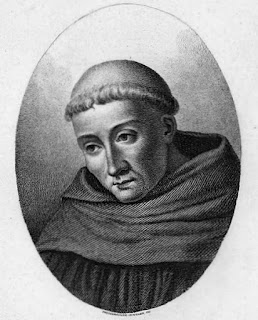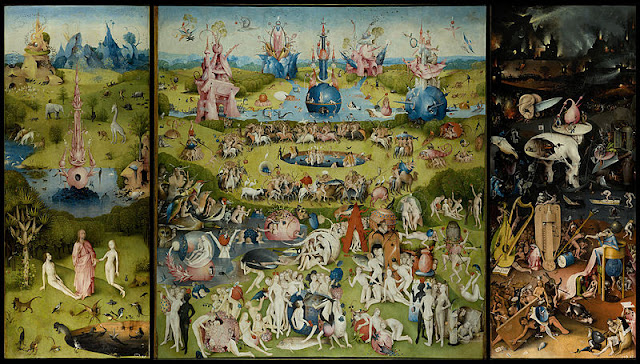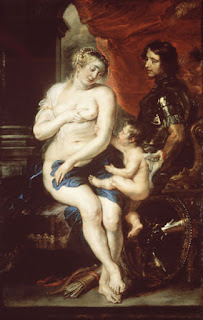In painting, the term staffage, is used to refer to the animal and human figures depicted within the composition. Staffage figures can be usually be found within a landscape scene where their role within the painting is not the main subject of the work. Therefore the term is can be applied to small animals and figures that are not essential to the subject matter, but rather are used to animate the composition.
The word carries with it two meanings when referring to a painting, for example: as a general term relating to figures within a scene, even if they are part of the primary subject matter. Another view is that staffage is a descriptive term used to pertain to figures who have little to do with the narrative of the painting and are used for compositional or decorative reasons. The figures therefore serve as accessories, adding an extra dimension to the scene. In addition they give the viewer a sense of scale of the overall composition.
Staffage figures can usually be found in:
Claude Lorrain - Ascanius Shooting the Stag of Sylvia (1682). Landscape used as part of a history painting. |
The word carries with it two meanings when referring to a painting, for example: as a general term relating to figures within a scene, even if they are part of the primary subject matter. Another view is that staffage is a descriptive term used to pertain to figures who have little to do with the narrative of the painting and are used for compositional or decorative reasons. The figures therefore serve as accessories, adding an extra dimension to the scene. In addition they give the viewer a sense of scale of the overall composition.
Staffage figures can usually be found in:
- Landscape Paintings
- History Paintings













